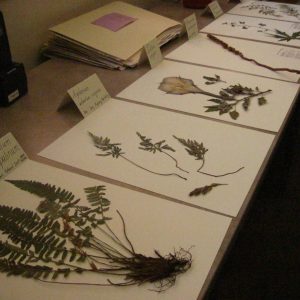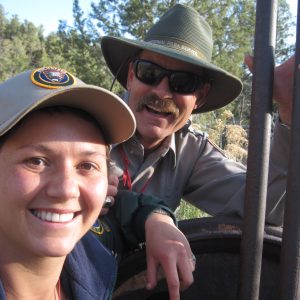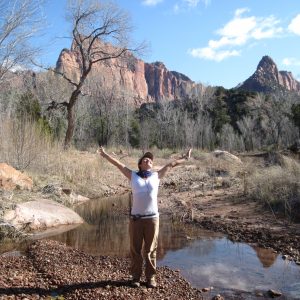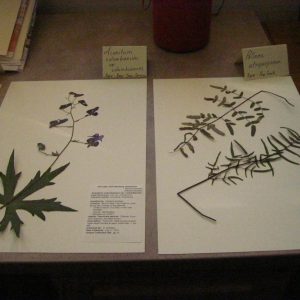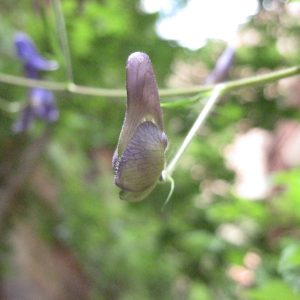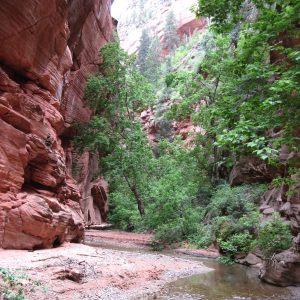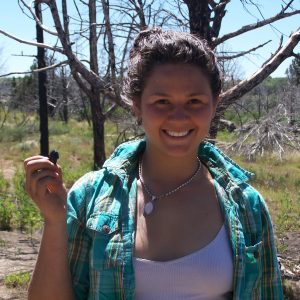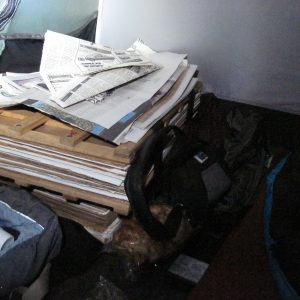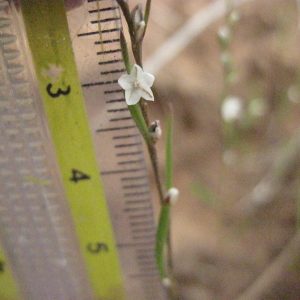They say enlightenment has been reached when we individually shed all the layers giving us the illusion that we are an identity; that we are somehow removed from the everything continuously occurring around us (and within us). In a sense, when we shed these layers, we metaphorically become lighter beings, less weighed down by the everyday complications ranging from angry roommates to data entry. It is also said that wild places facilitate these realizations where many people find themselves being a part of the everything. It is easy to feel that way here in Zion National Park.
The last couple of weeks have been exciting for the herbarium because I am trying to daily go somewhere in the park, and target specific species that are missing in Zion’s collection. I have collected 50 species, most of them new to the herbarium. I have also recruited: the Vegetation crew; the Fire FX crew; the Chief of Resources; and even an amazing botanist who has worked in this region the last ten years, to all collect and look for the species we are missing. I am hopeful that in this upcoming month we will be able to drastically reduce the number of species we are missing.
On that note, I have had some really exciting finds recently. I went to a hidden hanging garden with a new vegetation seasonal employee who also happens to be my new, very cool roommate. He is amazing with plants and also knows the animalia and fungi kingdoms. He was great to have out in the field. We found the rare local endemic Viola clauseniana, which according to USDA plants, occurs only in this county. We wonder why it is not federally listed. It is the first time I’ve ever seen it; our Annotated Checklist of Vascular Flora of Zion NP states that this species was described here in Zion NP in 1936 by Baker.
The other awesome plant I found was Cheilanthes feei (slender lipfern). Mostly, it is awesome because it was the last fern I had to find and collect in order to have found all 19 ferns; Historic, Rare, and Present in Zion. C. feei is also very special regardless of my perception of it because it has uniquely glabrous leaflets above and very finely scaled white underbelly- xeric adaptations. And, for a million other reasons I probably struggle to comprehend, such as that it is a cosmopolitan genera, and its DNA sequence is probably triple mine. I am glad I am, in a sense, a part of it.






